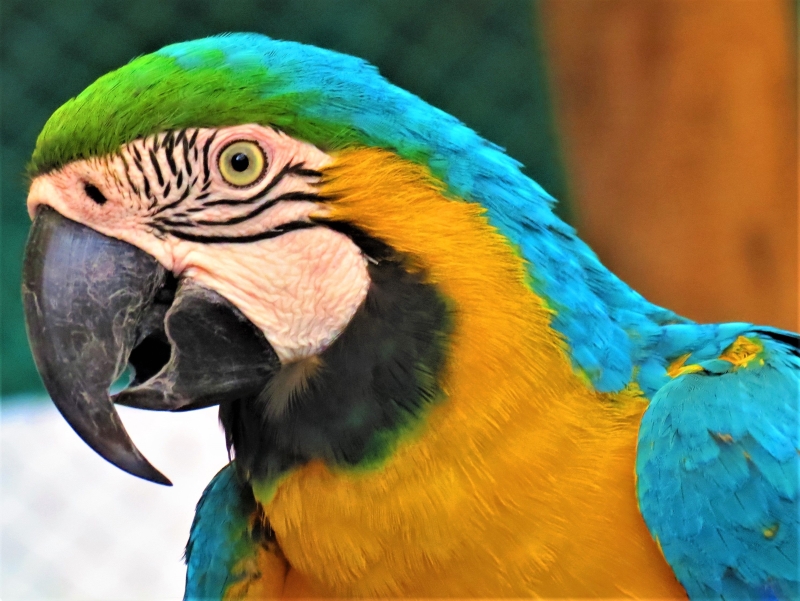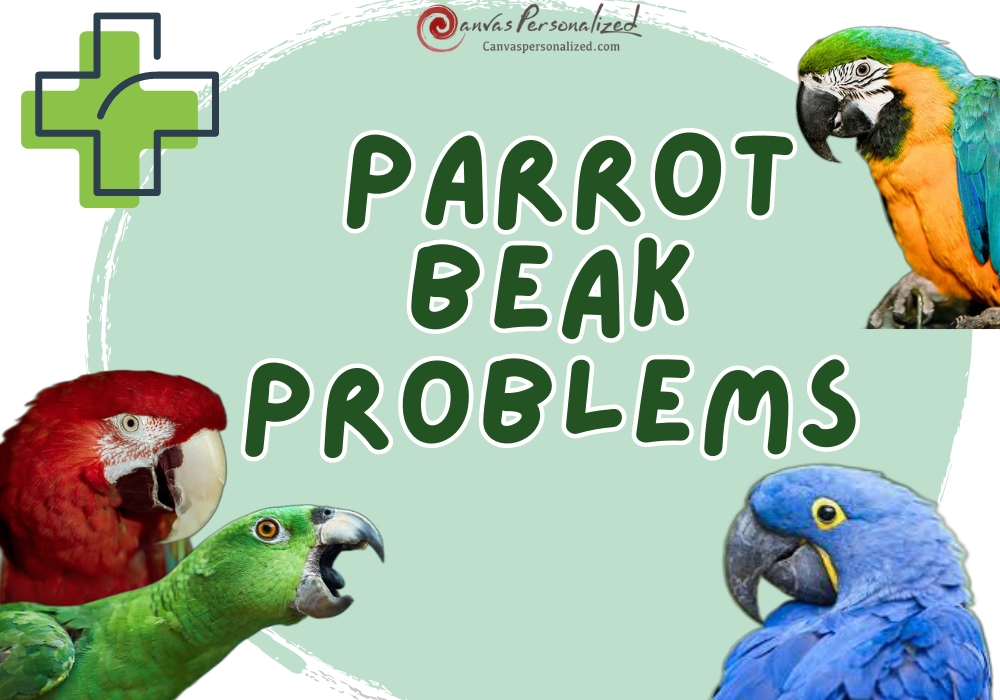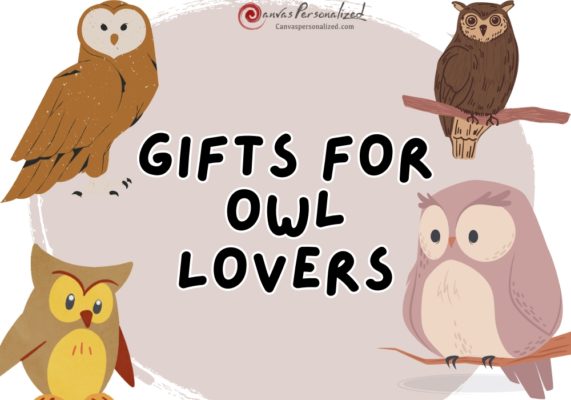People know parrots for their bright feathers, smart behavior, and unique personalities. But beak problems are a regular concern that parrot owners may face. A parrot can’t live without its beak, which helps it eat, climb, play, and defend itself. Beak problems can range from minor to severe and can be caused by various factors, including genetics, trauma, and nutritional deficiencies. As a parrot owner, it is important to be aware of the signs and symptoms of beak problems and to seek proper treatment from a qualified avian veterinarian. In this article, Canvas Personalized will discuss the most common parrot beak problems, their causes, and how to prevent and treat them.
Why Are Parrot Beak Problems Important To Pet Bird Owners?
You may wonder why your pet bird needs help with its beak care when wild parrots and parakeets don’t get any. Our well-cared-for pet birds have softer food, kinder toys, and a much happier life than most wild birds. Pet birds don’t have to break through hard husks or hulls to get some food. And they don’t need to whittle out a nesting cavity or build a nest to raise their young. They also don’t have to climb to avoid possible enemies or get to strange places to find food.

Also, a bird’s beak can be affected by its diet, genes, injuries, and age. Since pet birds often live longer and eat different foods than their wild cousins, their beaks can differ greatly from wild parrots.
Parrot beak problems, including overgrowth and underuse, are prevalent among pet birds. You may assist your pet bird in avoiding deformities, discoloration, peeling, and cracking of the beak by providing it with the care it needs.
7 Common Types Of Parrot Beak Problems
Birds often have problems with their beaks that cause them beak to change unusually. Normal everyday tasks, such as eating and drinking, might be challenging if your bird is experiencing beak problems. This can happen to any kind of bird, from macaws to budgies.
1. Pitting or Holes
The beak of a healthy bird should be relatively smooth; any holes or pits indicate illness. It is also possible for food and other debris to become trapped in these openings, which can promote infection, or for the bird’s bill to become unstable and shatter.
2. Peeling or Flaking
Because beaks are made of keratin, they keep growing like nails. During this process, it is possible to observe distinct layers, and some flaking is natural, but excessive flaking should be treated as a cause for concern. If your bird’s beak is always flaking or peeling, it is a bad sign that it is unhealthy.

3. Growths or Masses
The formation of growths on the beak is a very uncommon issue. As a rule, this is a melanoma or squamous cell carcinoma symptom. These conditions are life-threatening and necessitate veterinarian intervention.
4. Discoloration
Some species of birds have pale beaks, while others have dark beaks, and others have beaks that mix the two extremes. Discoloration of a bird’s beak in one spot is a telltale of a beak problem.
5. Softening
Depending on the species, your pet bird’s beak should be strong enough to grab and climb and sturdy enough to snap open seeds and nuts. It is problematic for a beak to become weak and malleable anywhere along its length. Also very worrying are soft spots on the beak that turn into holes.
6. Overgrowth
Beaks keep growing, so they can get too long if they aren’t worn down naturally. This can happen to either the upper or lower half of the beak, and if both grow sufficiently, the beak will resemble a scissor. Even if it’s not uncomfortable or caused by an illness, overgrown beaks can restrict a bird from eating, climbing, and gripping toys.

7. Abnormal Shape
Although the beak form might vary from species to species, if your bird’s beak begins to develop in an odd shape, you should seek veterinary attention. Abnormal growth of the beak can be caused by illness or trauma that is too severe to heal.
Causes Of Beak Problems In Birds
1. Trauma
Beak injuries in birds can be caused by several things, including fights with other birds, landing on hard surfaces, biting electrical lines, flying into windows or ceiling fans, and catching their beaks in cage bars. Beak fractures, puncture wounds, and avulsions (when the beak is pulled off the face fully or partially) are all possible outcomes of such incidents. Injuries to the beak are nearly always critical situations needing rapid veterinary intervention.
2. Cancer
Beak cancer in birds is typically squamous cell carcinoma or melanoma. The beak may erode, change color, or develop lumps. Beak tumors are often treatable with surgery if detected at an early stage.
3. Nutritional Deficiencies
An overabundance of fat and an unhealthy diet can damage the liver, leading to scaly, unnaturally long beaks. Soft, rubbery beaks are often the result of a deficiency in calcium and vitamin D, especially in smaller birds like cockatiels. The cure is straightforward: feed the bird properly, and the bird’s condition should improve over time.
4. Infectious Diseases
Various viruses, bacteria, parasites, and fungi can infect a bird’s bill or another area of the bird’s body and then spread to the bill. Significant threats include avian pox, scaly leg and face mites, and psittacine beak and feather disease (PBFD). Diseases caused by bacteria and fungi are often cured after receiving antibiotics or antifungal drugs. If you see any of these symptoms, act quickly to treat the problem. Consult your vet promptly if you discover anything unusual with your bird’s beak. A positive outcome is more likely if you care for your bird quickly after discovering the issue.
How to Avoid Problems with the Beak
Birds need food and habitats tailored to their individual needs. The right food will give your bird all the vitamins and minerals it needs, and the right surroundings with chew toys, perches, and climbing places will help keep its beak in good shape. If you keep your bird in a secure cage at all times, there is less chance of it suffering a traumatic injury that might lead to beak issues.
In conclusion, your parrot’s general health and well-being depend on how well you care for its beak. A parrot’s beak is used for eating, climbing, playing, and preening. So, any problems with a bird’s beak should be handled quickly by a professional avian veterinarian. Parrot beak problems can be avoided by regularly caring for and cleaning the beak. Canvas Personalized hopes that the information we give you will help you and your pets live a healthy and happy life.










